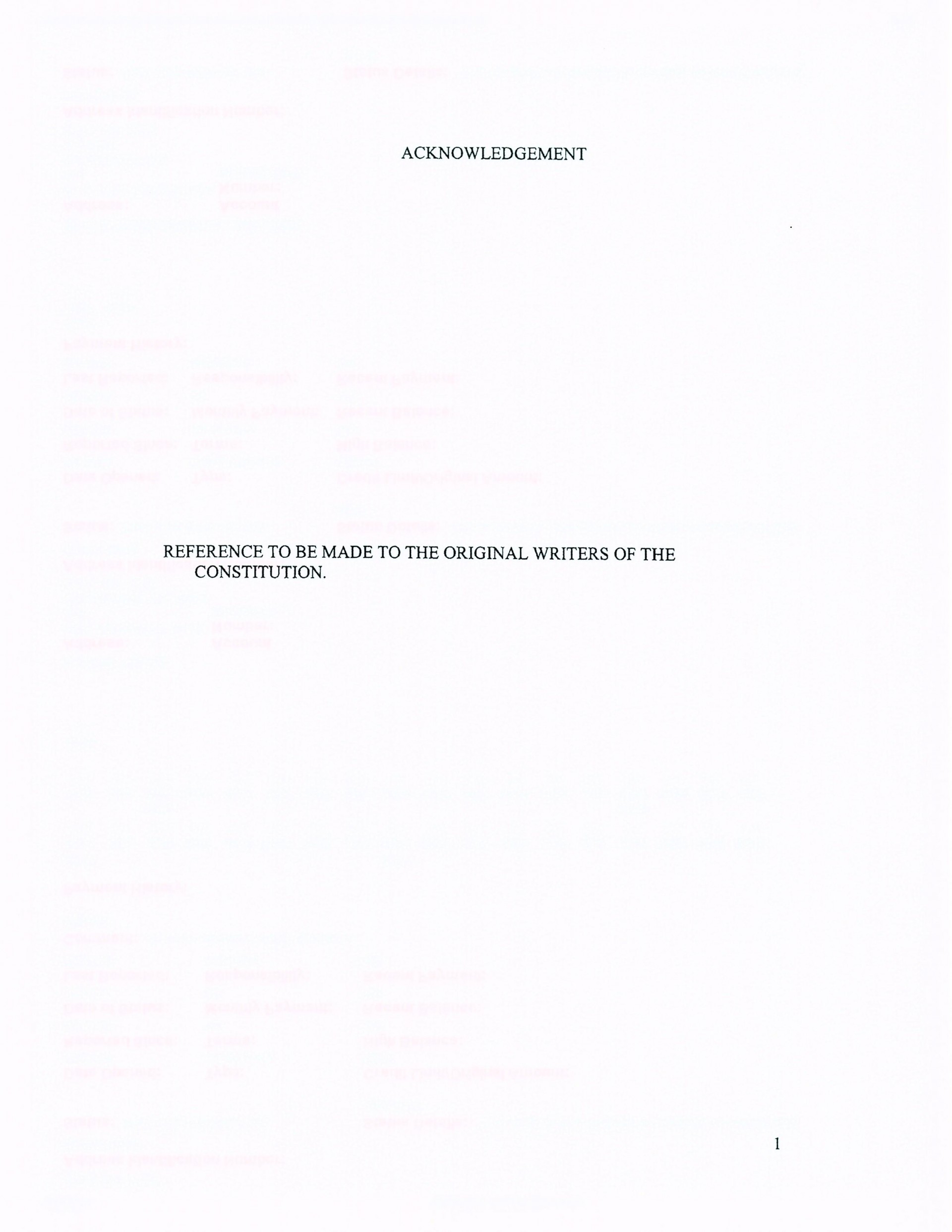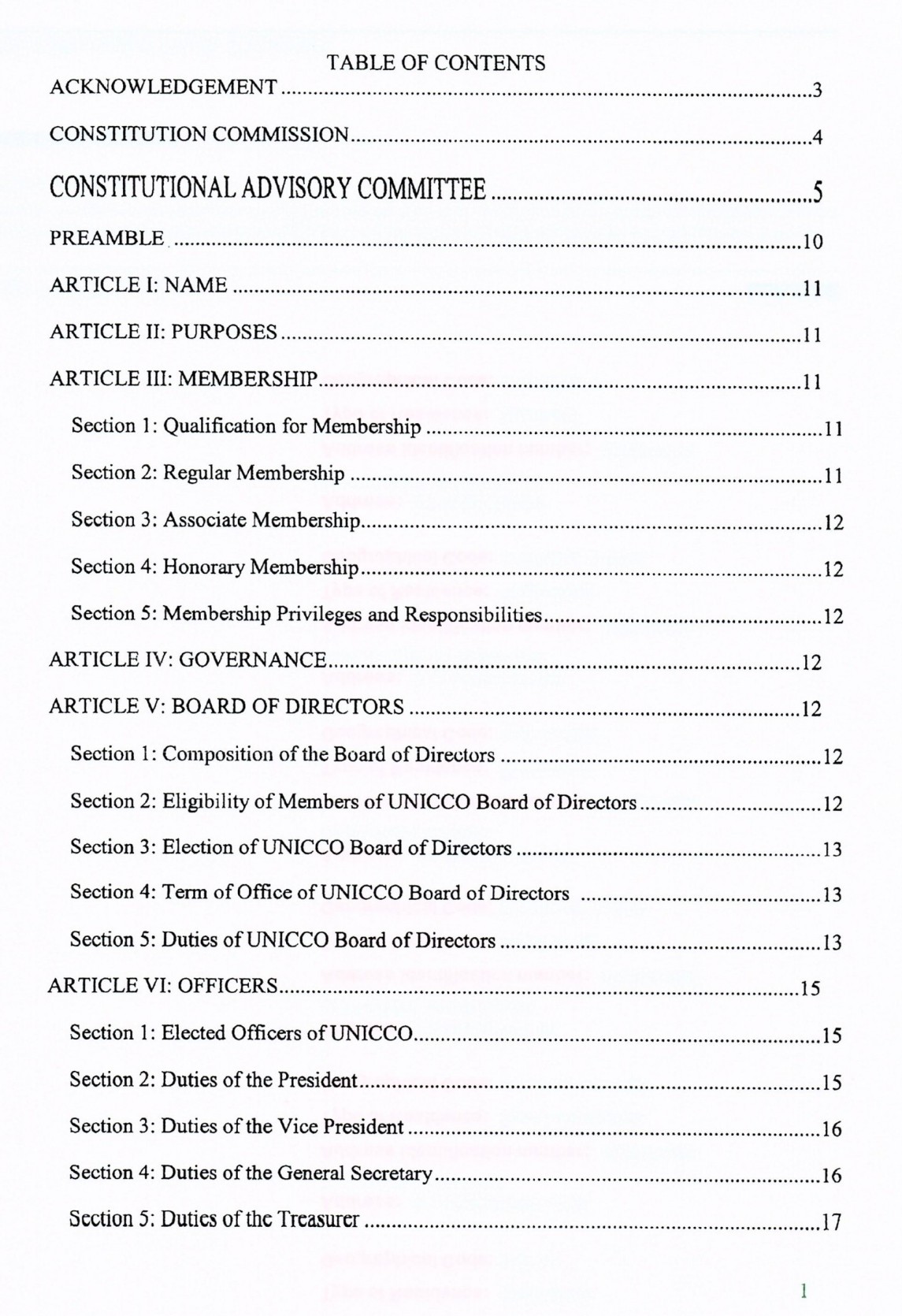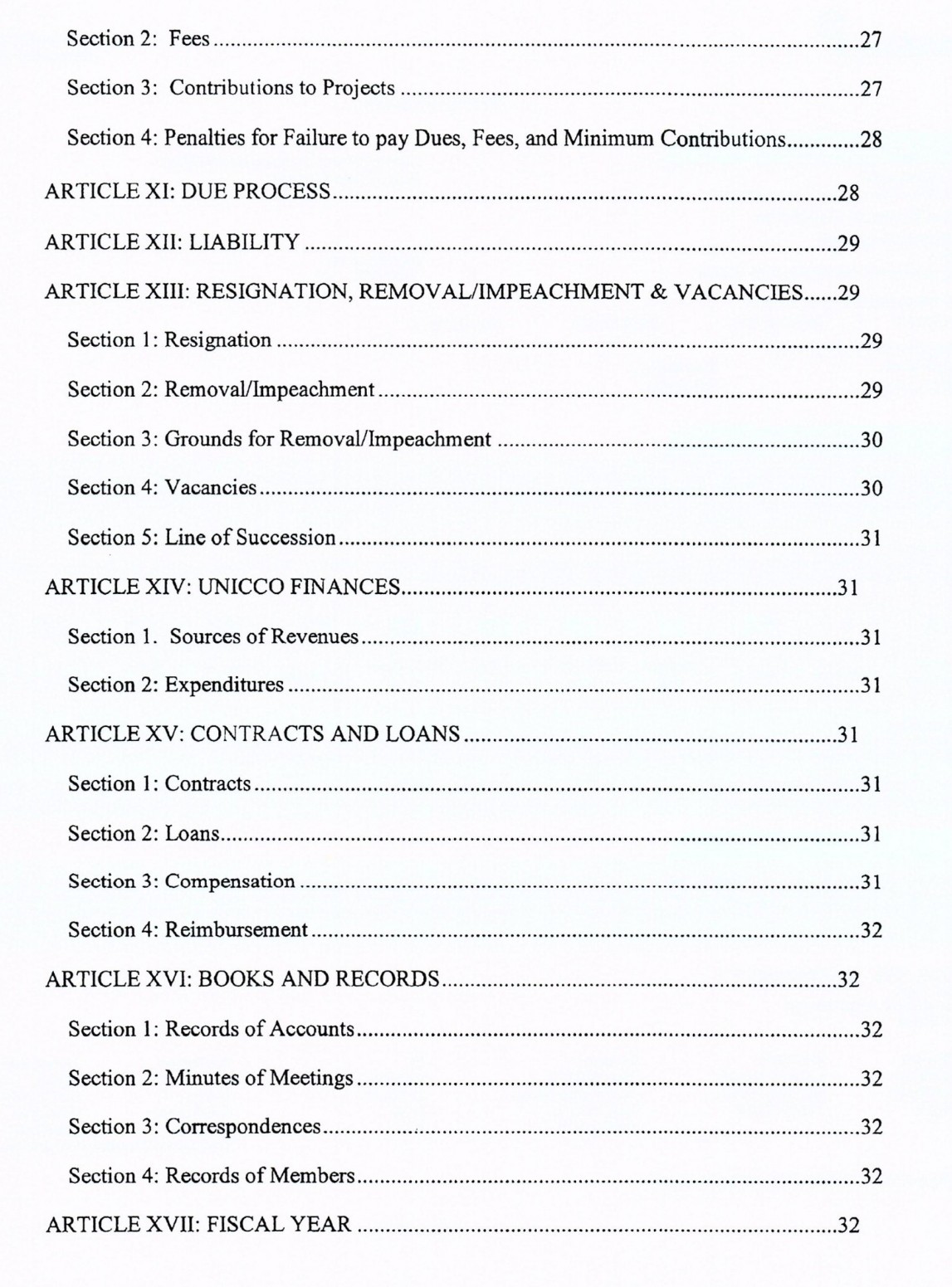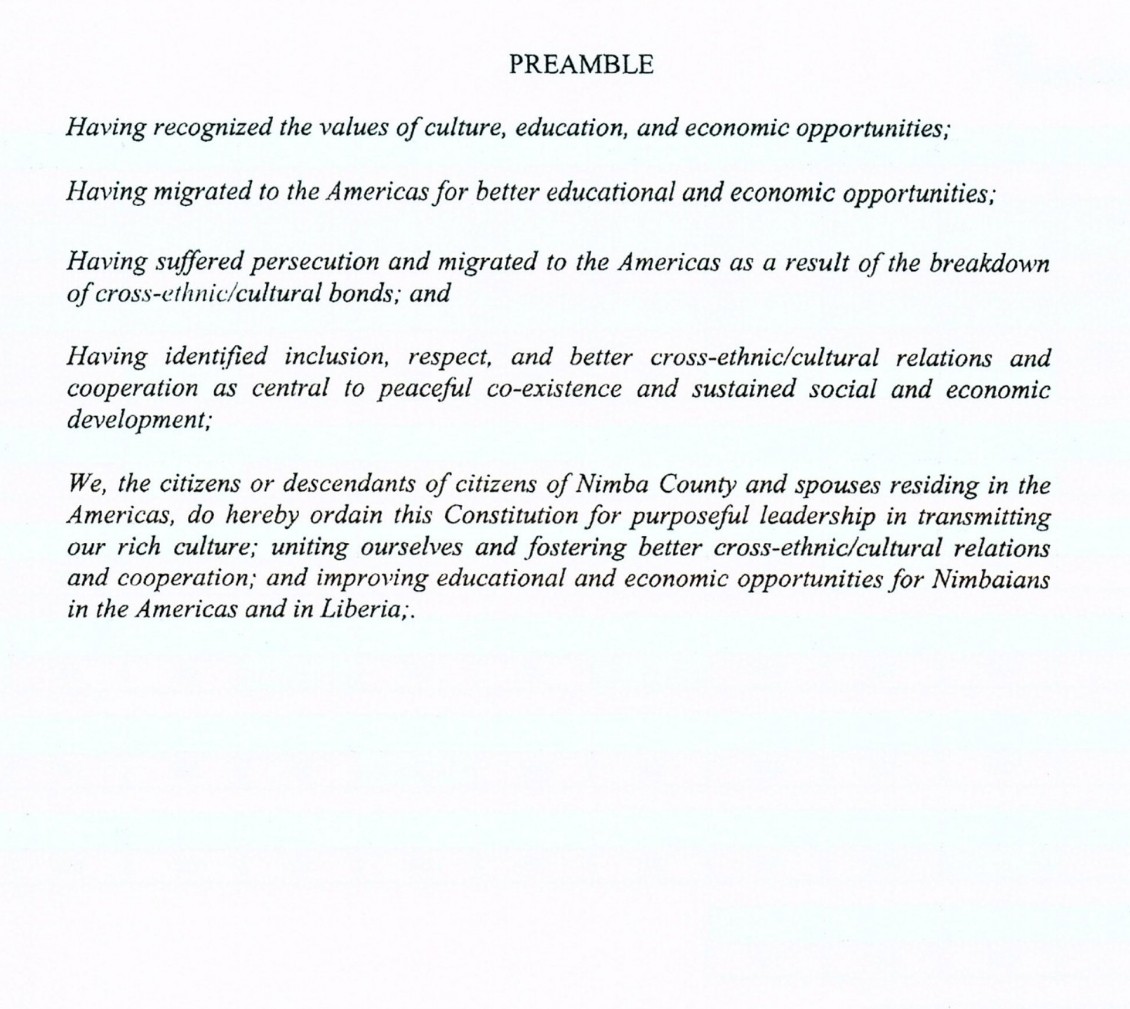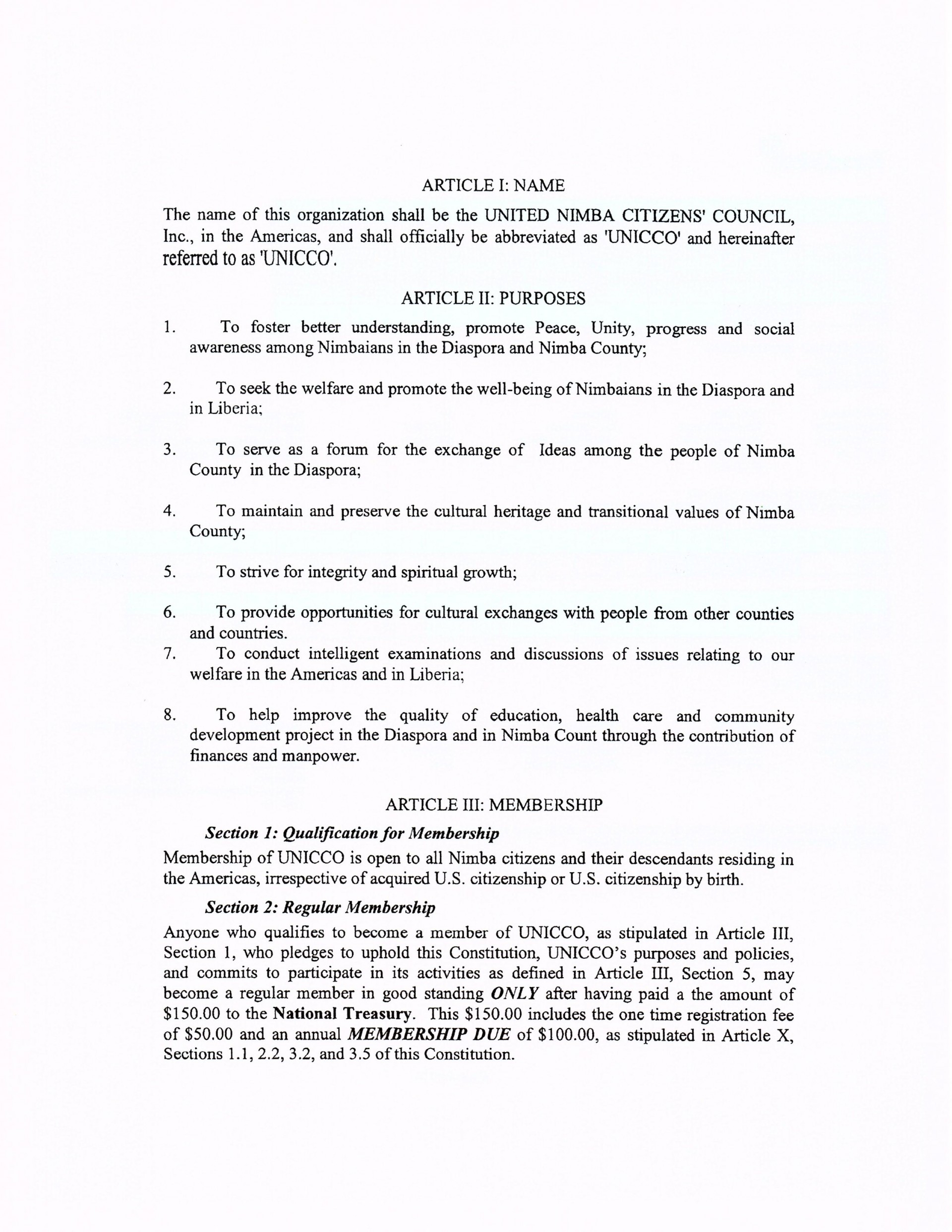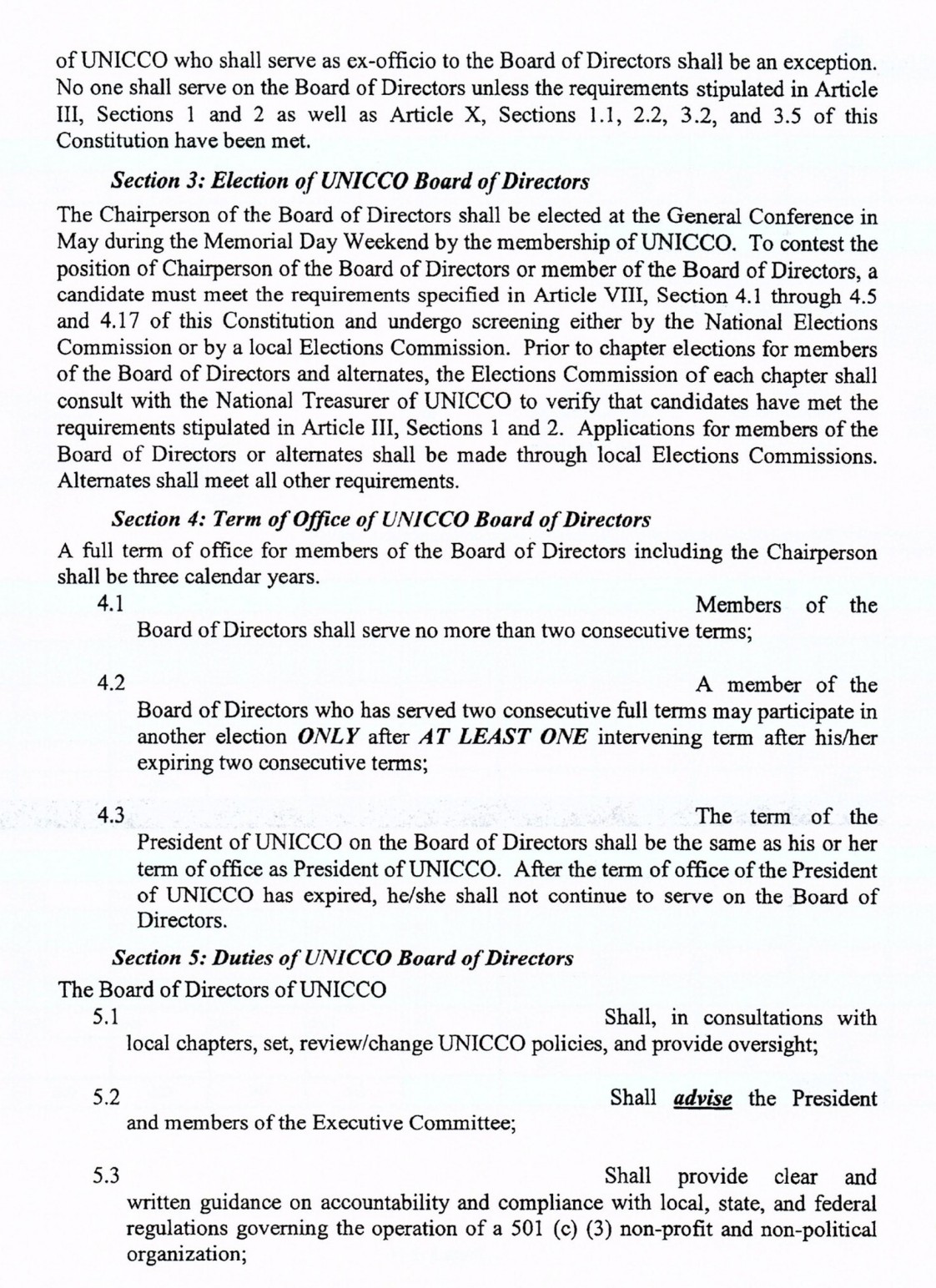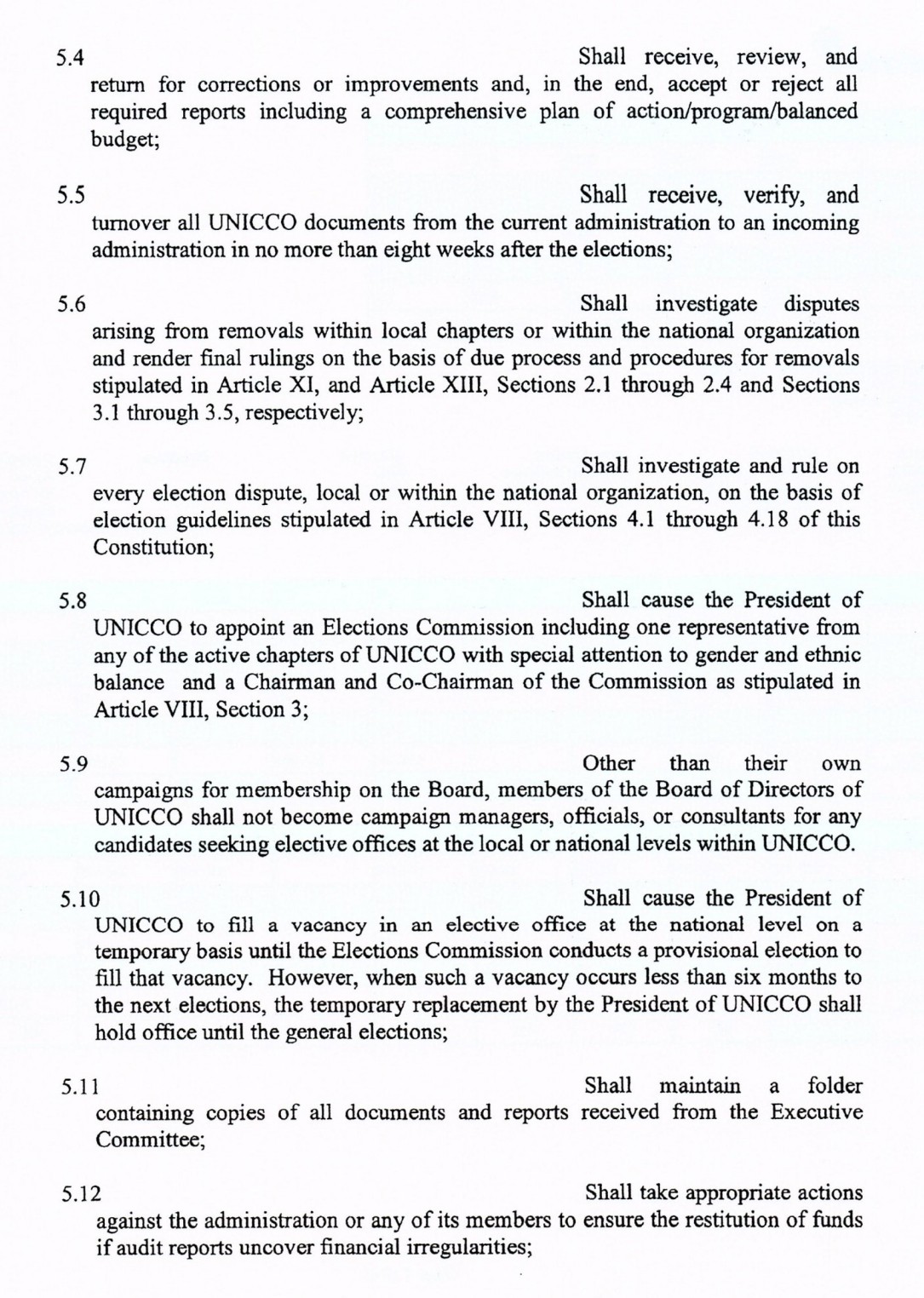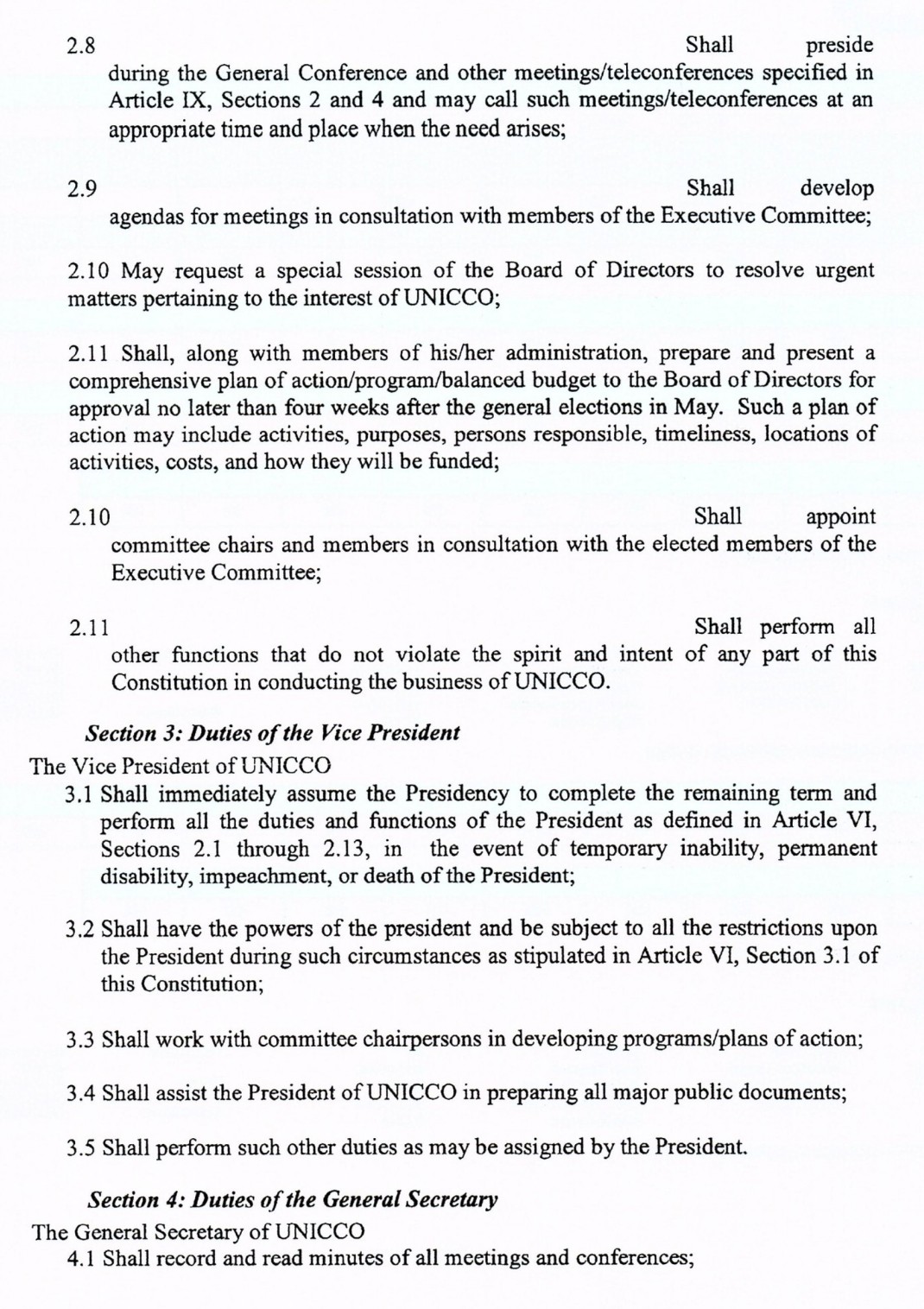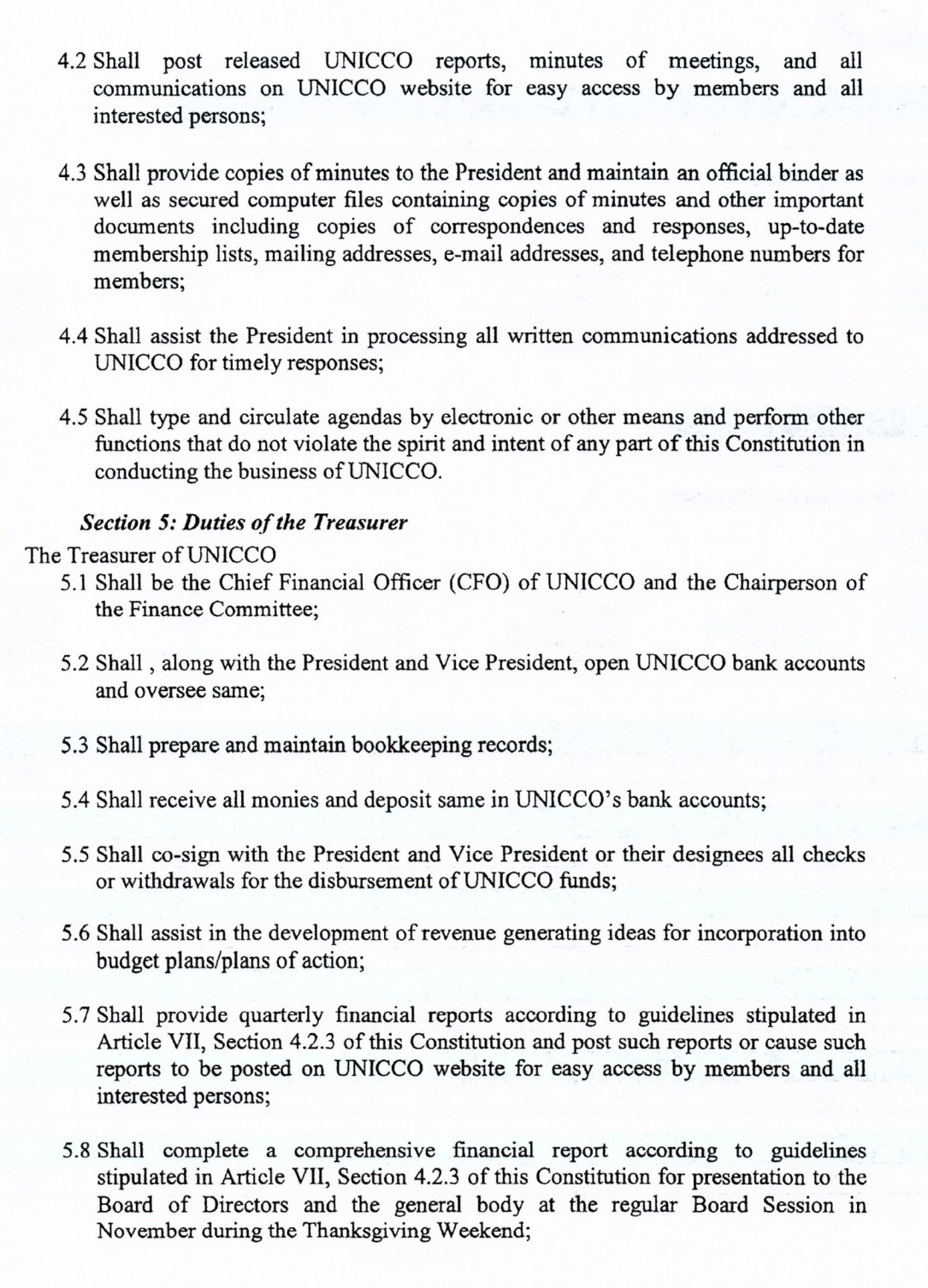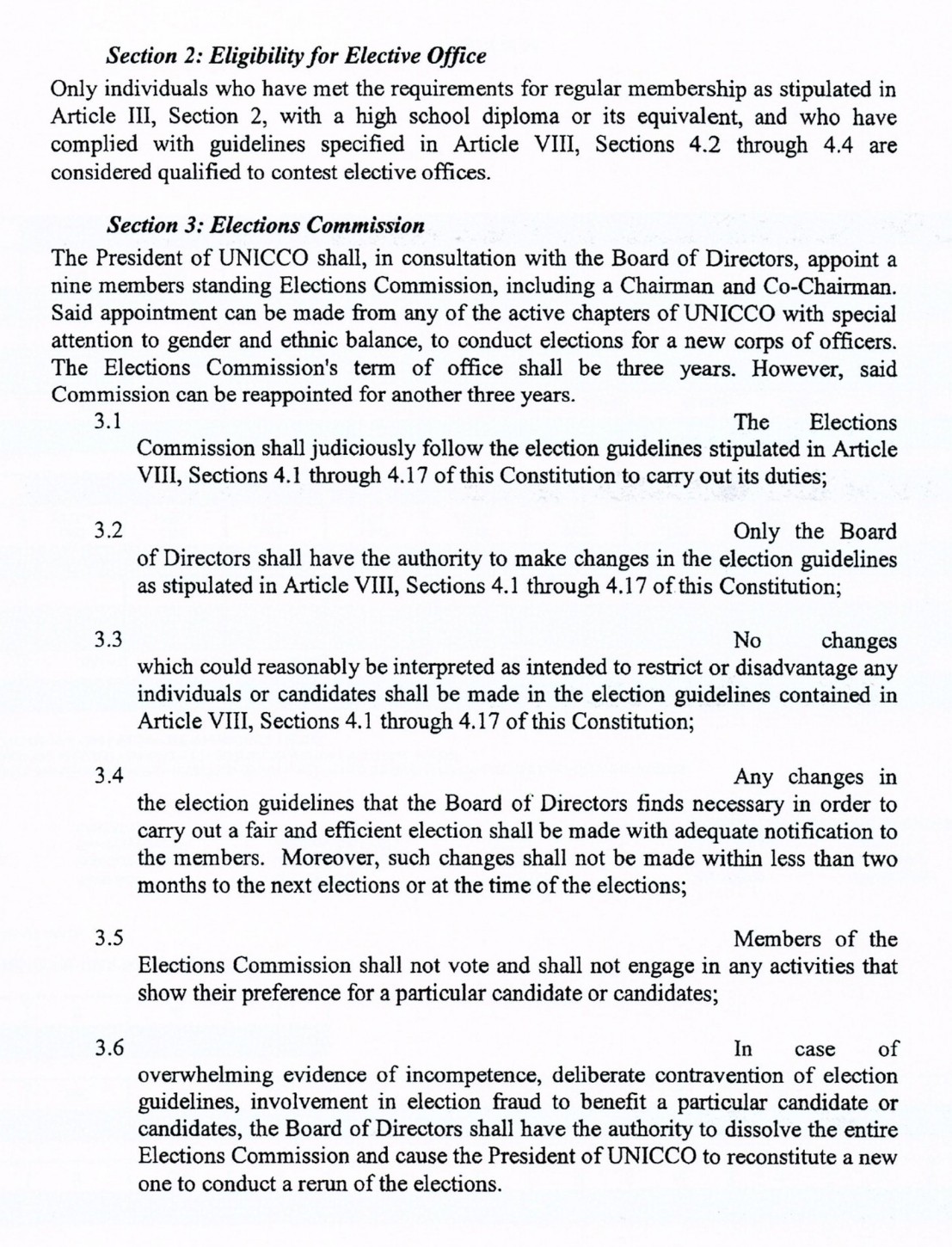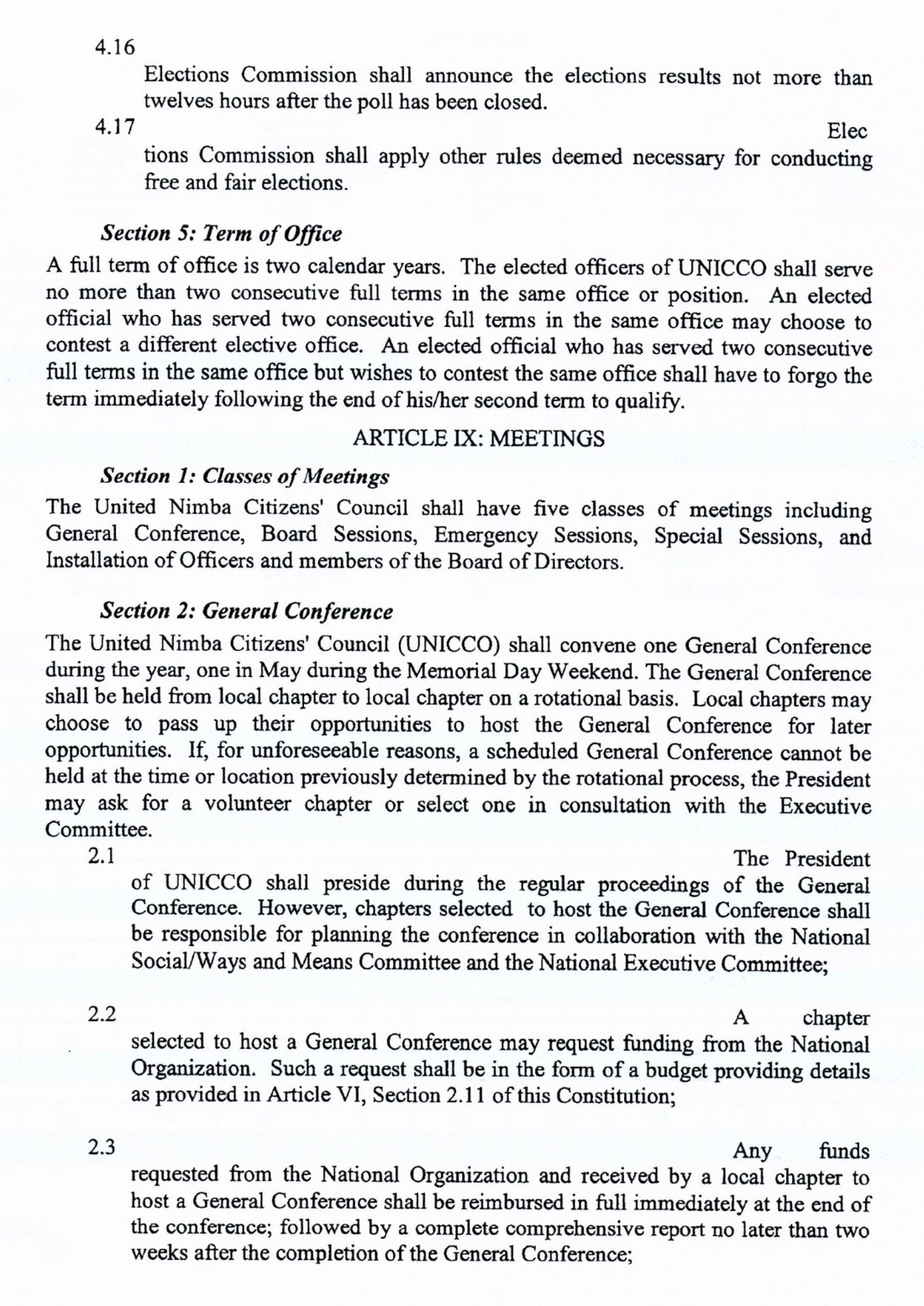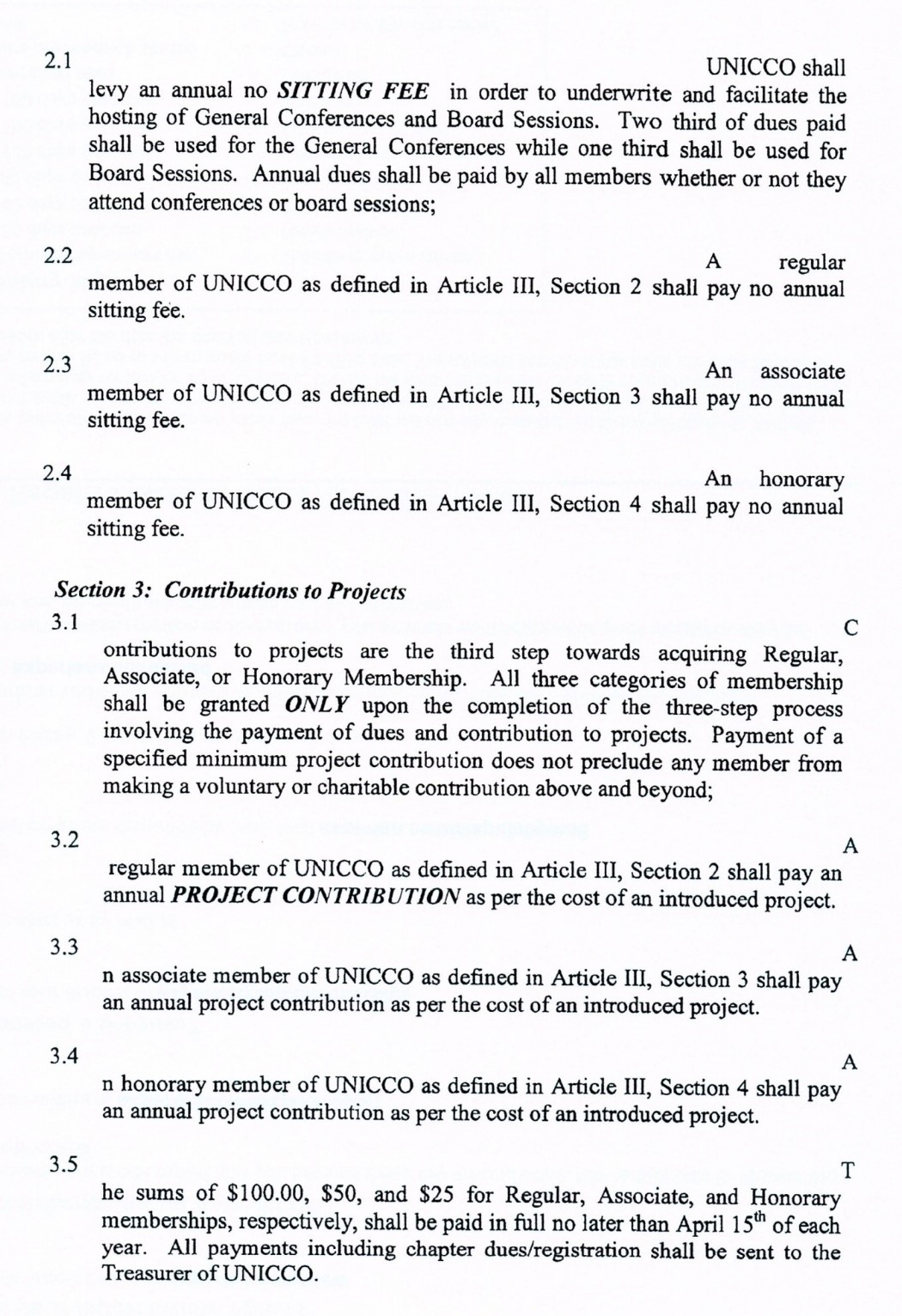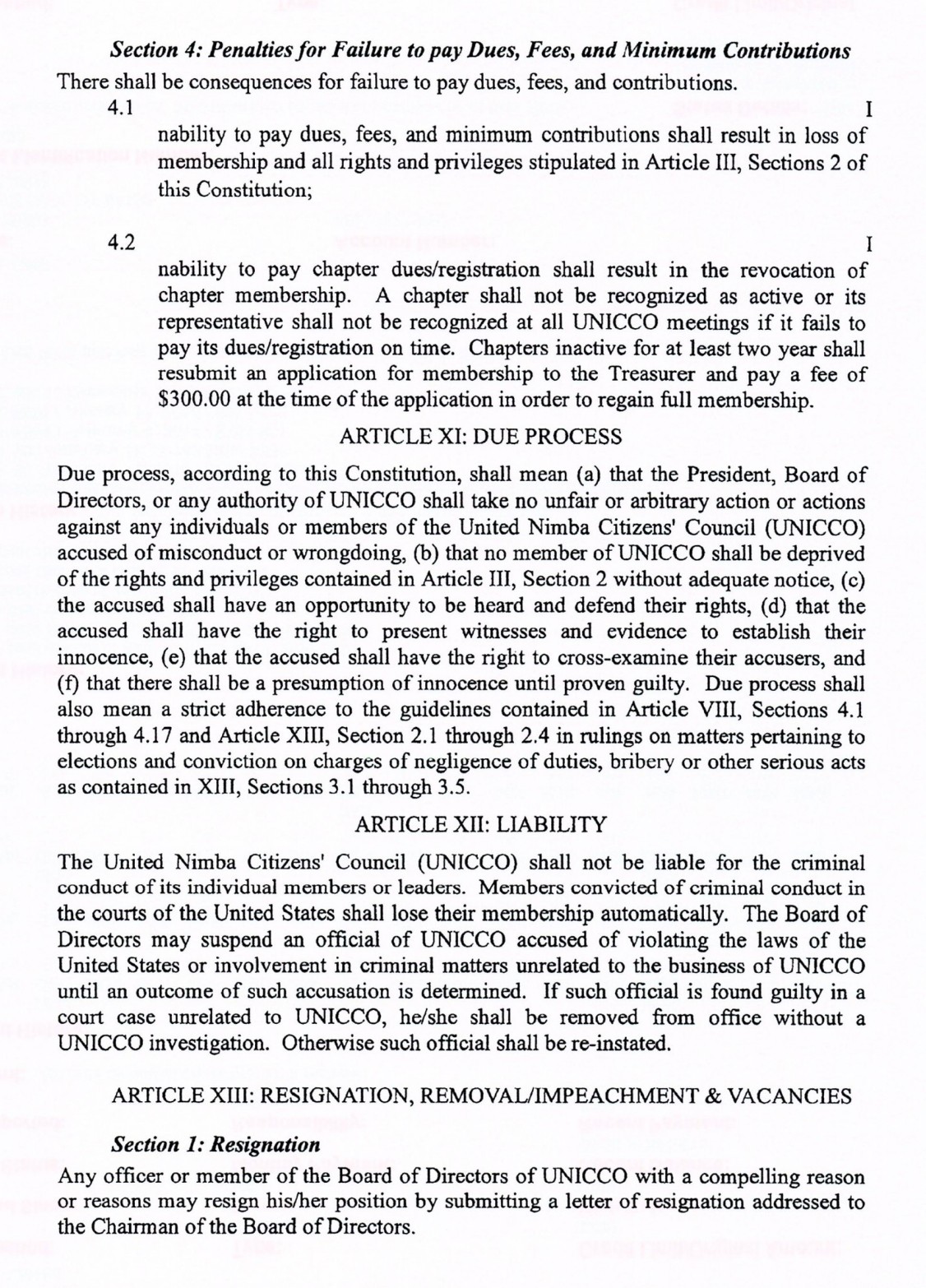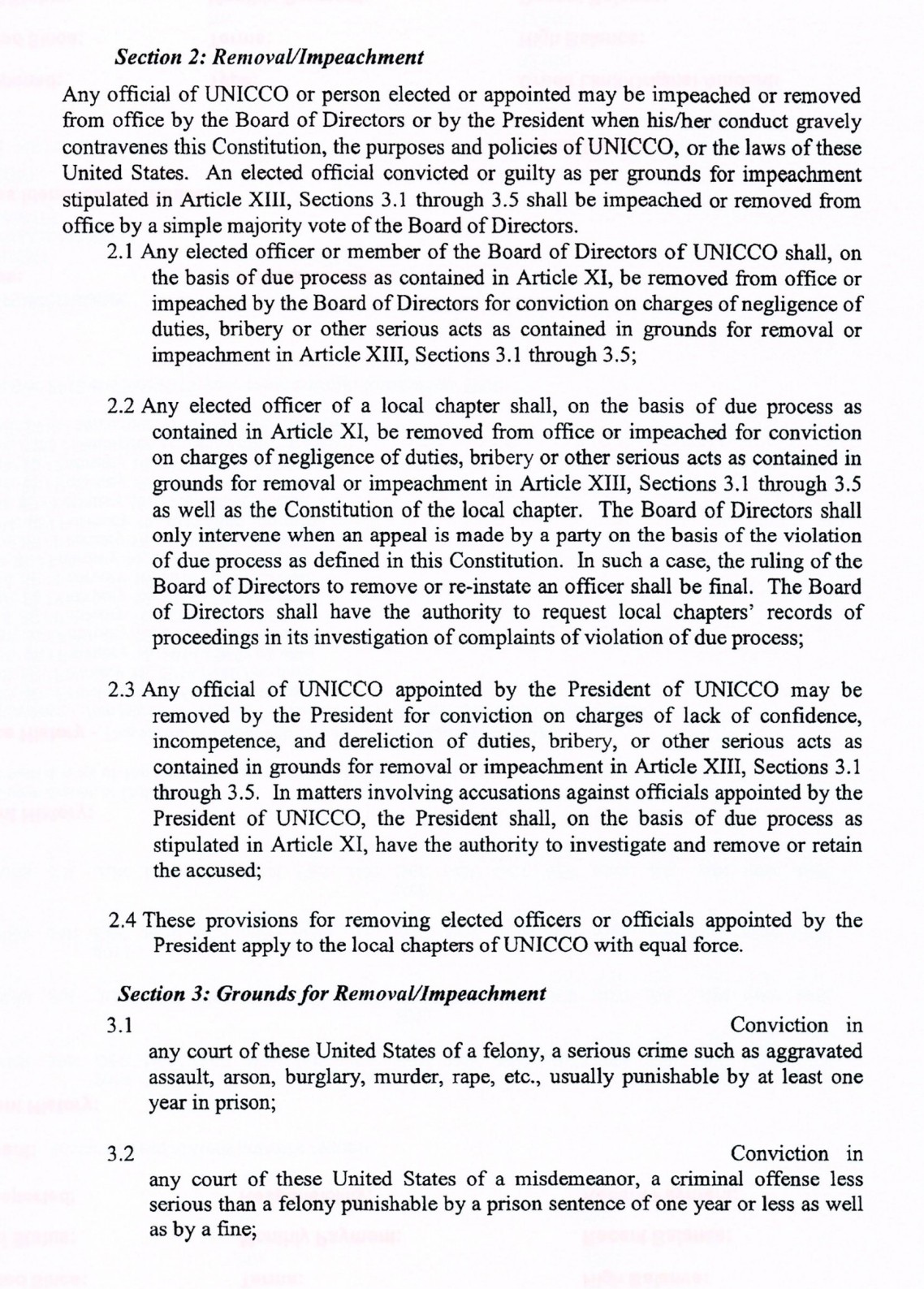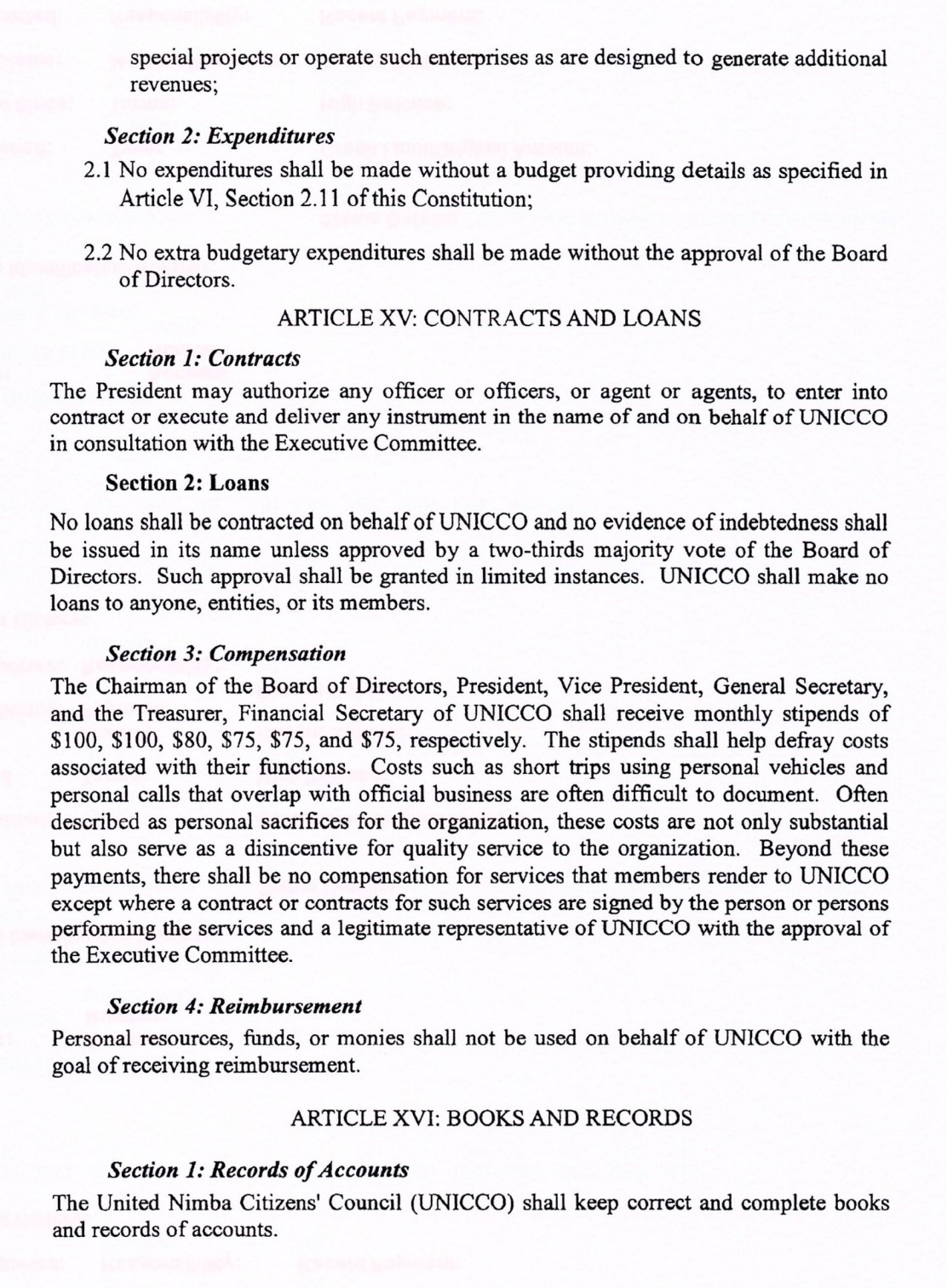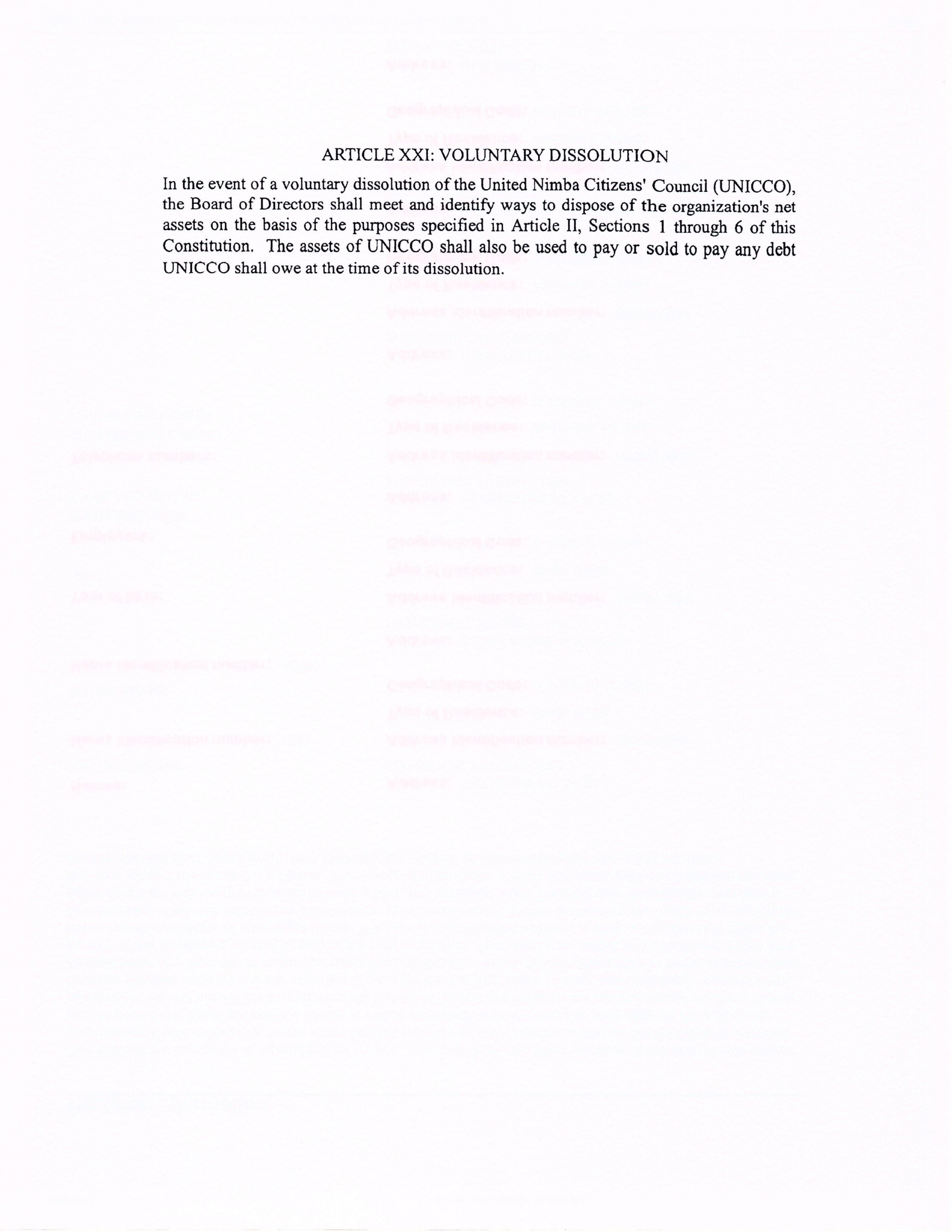Area: 4,460 mi²
Population: 462,026 (2008)
Capital: Sanniquellie
Nickname(s): The Heroic Land (The Home of Conqueror)
Nimba County is a county in the north-central portion of the West African nation of Liberia. One of 15 counties that comprise the first-level of administrative division in the nation, it has six districts. Sanniquellie serves as the capital with the area of the county measuring 11,551 square kilometres (4,460 sq mi), the largest in the nation. As of the 2008 Census, it had a population of 462,026, making it the second most populous county in Liberia.
Named after Neinbaa Tohn Mountain, the tallest mountain in Liberia, Nimba is bordered by Bong and Grand Bassa counties to the west, Rivercess County to the southwest, and Grand Gedeh County to the southeast. The northern and northeastern parts of Nimba border the nation of Guinea, while the northeast lies along the border of Côte d'Ivoire. Created in 1964, the current County Superintendent, who is the chief administrative officer, is Shirley Brown.
Government: Nimba County is one of fifteen political subdivisions of Liberia. During William V.S. Tubman's administration (1944–1971), the region now called Nimba County was one of three of Liberia's Provinces - namely, Western Province, Eastern Province and Central Province. In the sixties, Tubman changed these provinces into counties. Central Province became what is known as Nimba County. Before the civil war of Liberia in (1989), it had a population of over 310,000 people. It is the second largest county in Liberia in terms of population.
Districts: The districts of Nimba County include (population):
• Boe & Quilla District (18,262)
• Buu-Yao District (40,007)
• Doe District (35,918)
• Garr Bain District (61,225)
• Gbehlageh (Gbehlay-Geh) District (32,176)
• Gbi & Doru District (8,131)
• Gbor District (10,875)
• Kparblee District (11,424)
• Leewehpea-Mahn District (24,747)
• Meinpea-Mahn District (24,157)
• Sanniqquellie-Mahn District (25,370)
• Twan River District (37,479)
• Wee-Gbehy-Mahn District (32,934)
• Yarmein District (22,718)
• Yarpea Mahn District (21,647)
• Yarwein Mehnsonnoh District (25,584)
• Zoe-Gbao District (29,372)
• Saclepea District
• Tappita District
• Zoegeh District
Iron ore: During the late 1950s iron ore was found in "the iron mountain" Mount Nimba. In a joint venture between the Liberian Government, US Bethlehem Steel and the Swedish mining company Gränges a huge project was set up, LAMCO (LIBERIAN American Co.). The project contributed to economic and social development in Liberia for 30 years. Corruption was minimal and political stability good. Liberia was amongst the most progressive countries in Africa during this period. History itself caught up with the past and ironically the usual tribal war mentality erupted in 1980 (see Liberia facts). Nimba County was devastated by the civil war that followed. The iron ore had been degrading in quality, and world prices plunged. The combination led to a dismantle of the LAMCO project. After the civil war (which lasted for more than a decade), Nimba is finally getting better. Arcelor-Mittal is committed to reopening the iron mine at Nimba Mountain, outside the former company town of Yekepa. Hospitals and Schools built and financed by LAMCO, are now being run by ArcelorMittal. The houses which were built by LAMCO have partly been rehabilitated by ArcelorMittal though most are overgrown by the rain-forest. Presently, BHP Billiton had engaged in an extraction agreement with the Government of Liberia to mine ore in Nimba. As such, they are active promotion of Education, scholarship and the most part human resource.
Demographics: The main ethnic groups in Nimba County are the Dan also known as Gio and the Mano. The Dan, commonly known as the Gio, lives closer to the Cote d'Ivoire border and are known as the Yacouba in Côte d'Ivoire. The Mano lives closer to the Guinea border. There are also minority populations of Mandinka also known as the Mandingo people, who also live in Lofa, Guinea, and the Ivory Coast. There is a small population of Krahn people living near the Grand Gedeh and Ivory Coast borders and also a sizable population of Bassa people living in the southern part of Nimba.
Healthcare: Access to quality healthcare in Nimba is lacking for many residents. The hospital at Yekepa, built by LAMCO, is now being run by Arcelor-Mittal. In Sanniquellie, the Ministry of Health and MSF Holland are cooperating to run a hospital and a set of health posts which provide access to basic care. At Ganta, the Methodist Church runs a private hospital. At Saclepea, MSF Switzerland runs a temporary comprehensive health center and is building a permanent one to move into during 2007. MSF Switzerland also operates three health posts at Lepula, Diallah, and Zekepa (all in southern Nimba). There are other small clinics and health posts operated by NGOs like MERCI and Africare. Presently, Equip-Liberia is running two health centers in Kparblee District one is in Zwedru while the other is in Yourpea New Town. Also a private clinic is being run by one Thomas Saulgaie in Kparblee Town. This clinic has about eighteen bed rooms.
Much of the population has access to traditional healers and to unregulated, privately operated pharmacies. The healers are using herbs of unknown efficacy, and the pharmacies are selling chloroquine, a drug which is known to be ineffective against the majority of malaria cases seen in Nimba.
UNITED NIMBA CITIZENS’ COUNCIL (UNICCO)
“UNICCO stands for “United Nimba Citizens’ Council.” This organization is a United States of America based Liberian Ethnic Association made of mostly the inhabitants of Nimba County, one of Liberia’s political sub-divisions. Majority of its people are of the Mah, Daan, Mandingo, Gbi, Kpelle, and Krahn Ethnic Groups. They are located in North Central horn of Liberia. Membership in UNICCO is also extended to all members’ spouses, and their children. Some chapters have extended membership rights to “all persons interested in the welfare of Liberia and Liberians” (Chicago Chapter Article III see page 69 in Nya Kwiawon Taryor, A Kee ZI, Constitutions and by-Laws of UNICCO National & Local Chapters 1991).
The five principles and objectives of this organization are described in the Constitution. The organization operated sporadically and separately from state to state from 1975 to December 29, 1979 when all the different strands came together in Atlanta, Georgia to form the Nimba County Students’ Association, which later changed into the United Nimba Citizens’ Council. The history of the formative years, first fifteen (15) years of this organization can be found in a book: Liberia Facing Mount Nimba: (A Documentary History of the United Nimba Citizens’ Council) 1991 by Dr. Nya Kwiawon Taryor, Sr.
.
By Law and constitution of unicco
LIST OF ASSEMBLY
SPOKESMEN/SPOKESWOMEN
BOARD CHAIRMEN
Spokesmen/women
1. Marcus Dahn--------------------- 1979-1982
2. James T. Saye-------------------- 1982-1984
3. Stanley Gohnsahn-------------- 1984-1985
4. Aubrey Wehyee----------------- 1985-1986
5. S. Mentee Zoekargo-------------1986-1988
6. David Barser ---------------------1988-1990
7. Clifford Konah*------------------ 1990-1991
8. Thomas Grupee----------------- 1991-1992
9. Arnold Tonpea* ------------------1992-1994
10. Jeff Leman---------------------- 1994-1996
11. Prince M. Toweh----------------- 1996-1998
12. Sunnay Deazon------------------ 1998-2002
13. Charles Weanquoi ---------------2002-2004
Board Chairmen
14. Fredrick Norkeh------------------ 2004-2006
15. Shedrick Gaytaye (Interim)------ 2006-2008
16. C. Hendrix Grupee---------------- 2008-2010
17. Hector Saye----------------------- 2010-2015
18. Nathan W. Biah, Sr.----------------- 2015-Present
*Deceased
.
PRINCIPLES AND OBJECTIVES OF UNICCO
1) To create an environment for fostering better understanding among Nimbaians in America, as well as seeking to improve the economic, educational, and political opportunities for the people of Nimba County, Liberia;
2) To create an atmosphere in which to hold intelligent discussion and examine issues relating to our welfare both in the United States and in Nimba County;
3) To encourage and stimulate scholarly achievement among ourselves and to strive for spiritual enlightenment and moral integrity within our country;
4) To associate among ourselves and to provide for those Nimbaians who may be in need of assistance in seeking the purpose for which they have come to America;
5) To provide for an exchange of ideas and philosophies by sharing cultural and social activities with those from other counties and countries.
UNICCO National Presidents from 1979 to Present
1. J. Doaker Mongrue Founding Interim 1979
2. George Duo ----------------1979-1980
3. Peter Wehye ---------------1980-1981
4. Gabriel Salapeh------------1981- 1982
5. John Kpan* -----------------1982-1983
6. George Weanquoi ---------1983-1984
7. James T. Saye --------------1984-1985
8. Samuel Gonsahn-----------1985-1986
9. Aubrey Wehyee -----------1986-1987
10. Johnson Gwaikolo--------1987-1990
11. A.Yarsuo Weh Dorliae ----1990-1991
12. Innis Yormie --------------1991-1992
13. Sammie Nuahn -----------1992-1994
14. Francis Sehnean* ---------1994-1996
15. Rebecca Nohn Kidau-----1996-1998
16. Anthony Konneh--------- 1998-2002
17. Mai Quipu Yuan ----------2002-2004
18. Miamen Wopea ----------2004-2006
19. Andrew Wongeh--------- 2006-2007
20. Peter Wehye (Interim)----2007-2008
21. Mohammed Keita-------- 2008-2010
22. Martin Dorliae------------ 2010-2014
23. Abbaccus Nyan Dokie--- 2014-2018
24. Dahn Dennis --------------2018-Present
*Deceased


